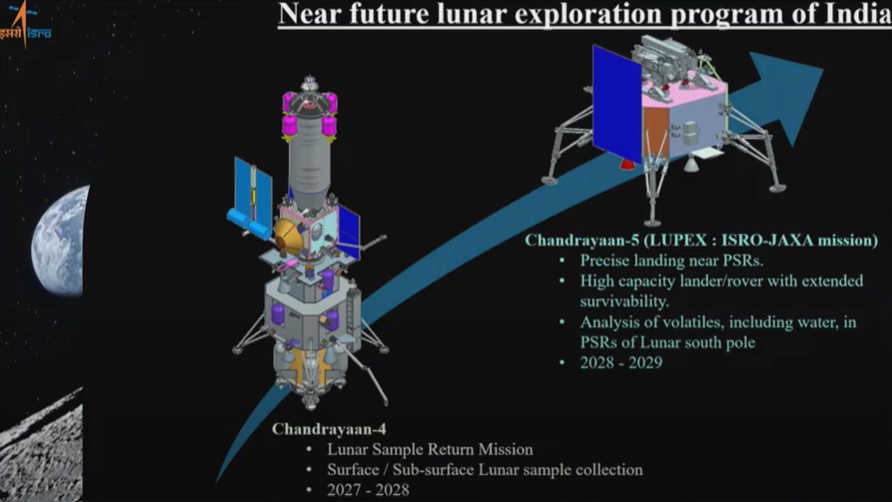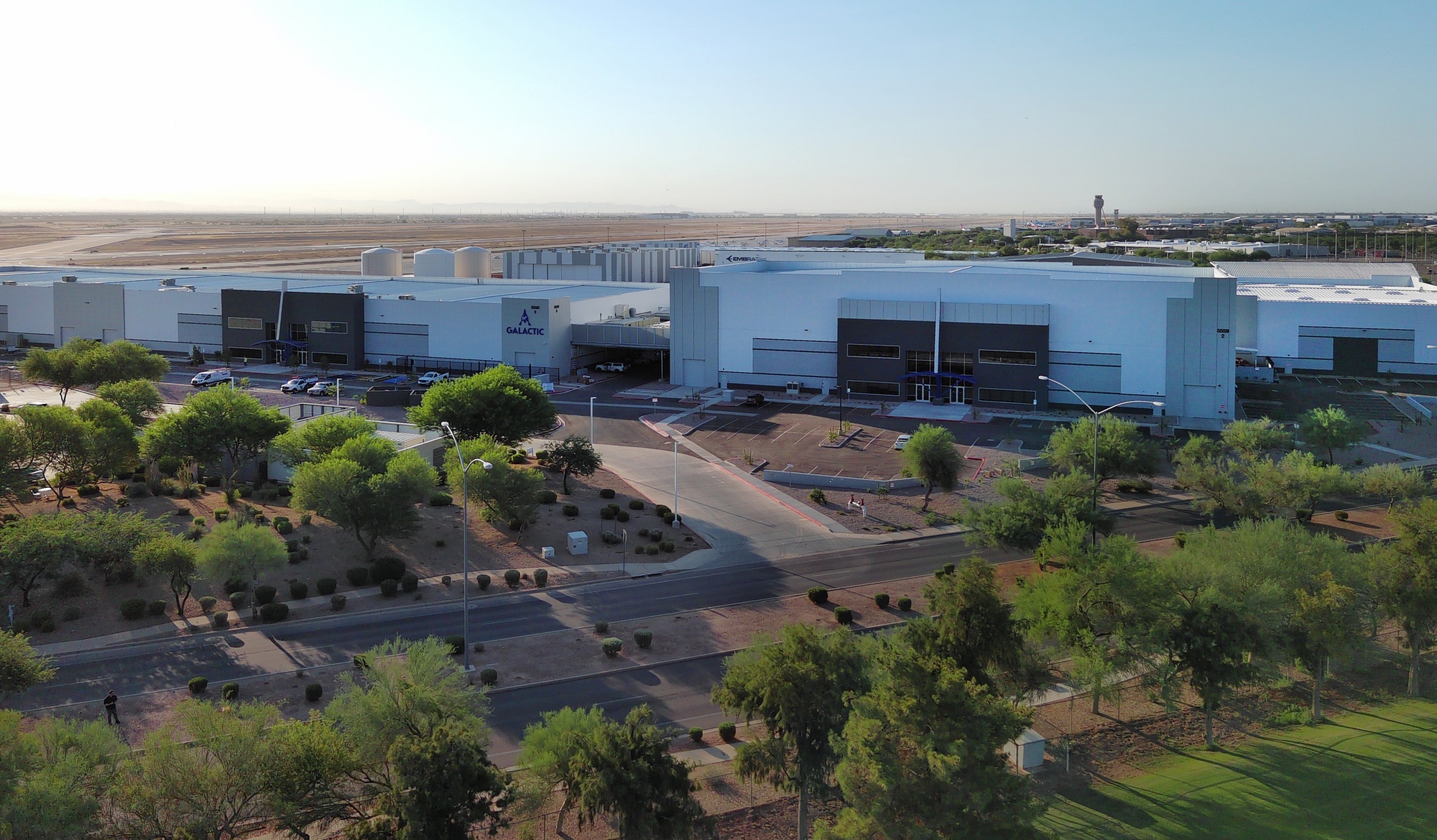HELSINKI — India’s Chandrayaan-4 lunar sample return mission will target a landing between 85 and 90 degrees latitude in the southern hemisphere of the moon, and follow up with a joint lander and rover mission with Japan.
The Chandrayaan-4 mission will consist of two stacks launched on two separate rockets and will target the vicinity of the lunar south pole, according to P. Veeramuthuvel of the Indian Space Research Organization (ISRO), speaking at the International Astronautical Congress (IAC) in Milan, Oct. 17.
The mission will aim to collect around three kilograms of samples from near the south pole, around which water-ice is thought to be available. ISRO will require several new technologies, including the ability to scoop from the surface and drill to a depth of around two meters to sample the subsurface.
Studies are ongoing to determine the final landing site selection. ISRO officials had earlier indicated that the mission would target near Shiv Shakti Point, the landing site of Chandrayaan-3, at around 69 degrees latitude.
The mission will include lunar landing, sampling, docking in lunar orbit and returning to Earth safely with the samples. “This will also demonstrate our capability for the crew landing mission,” P. Veeramuthuvel said. India announced last year it plans to put astronauts on the moon by 2040.
The separate Chandrayaan-4 stacks will each have a mass of around 4.6 tons, making a total mass of 9.2 tons, each launching on an LVM-3 launch vehicle. The modules will dock in geosynchronous transfer orbit—using a circuitous route to the moon, as with Chandrayaan-3—and travel to the moon as one. An earlier mission design envisioned using one LVM-3 and PSLV launcher for the two launches.
P. Veeramuthuvel did not provide a date or year for launch, but slides suggest launch around 2027-2028. Previous ISRO announcements indicated the mission would launch no earlier than 2028.
The Chandrayaan-4 mission gained approval in September. A Venus orbiter mission, a first crewed space station module and a reusable launch vehicle also received the go-ahead last month.
Chandrayaan-5/LUPEX
There is also progress on the Chandrayaan-5 mission, also known as LUPEX; a collaboration between ISRO and The Japan Aerospace Exploration Agency (JAXA).
The landing mission will also target the lunar south pole, with coordinates of 89.45°S, 222.85°E, on an elevated ridge near Shackleton crater. There are permanently shadowed regions within the vicinity, potentially for the mission rover to explore. The rover will drive between 500 and 1,000 meters, taking in-situ measurements, including determining potential water-ice deposits.
India will provide the lander, mission planning and payloads, while Japan will contribute the launch vehicle, various payloads and the rover. Payloads will include ground penetrating radar, a range of spectrometers and water analysis instruments contributed by both sides.
Chandrayaan-5/LUPEX is slated for launch around 2028-2029, according to P. Veeramuthuvel.



